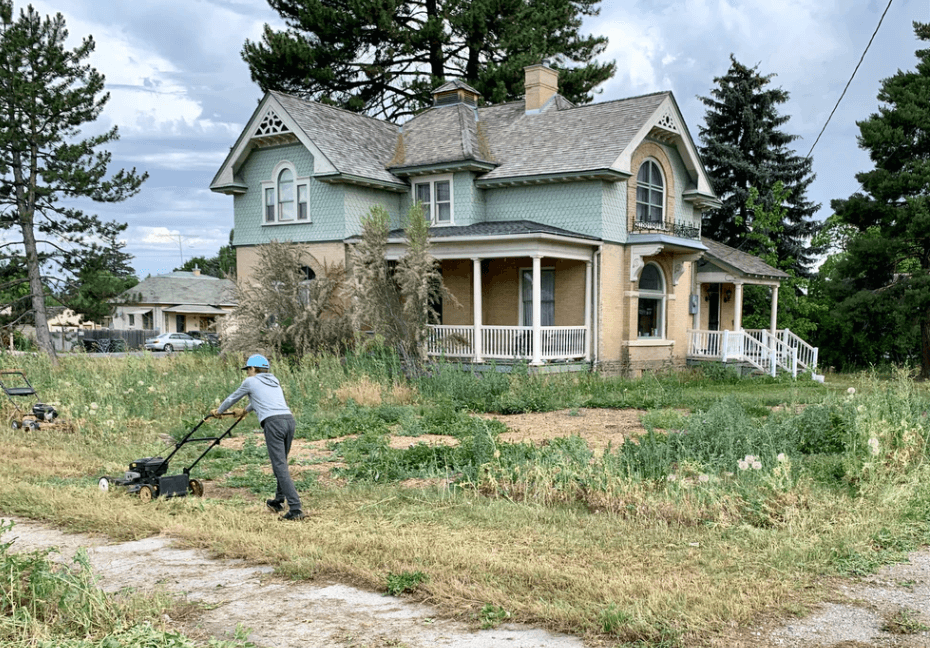There are many reasons you may want to turn your house into a rental property. Whether you just want to move on, you can’t sell your home, you want to buy a bigger one, or you’re simply looking for a little extra income, transforming your home into a rental property can be a smart and profitable option. Here are 7 steps you need to follow if this is the route you want to take:
Step 1: Take Out Insurance
If you want to convert your home into a rental property, a homeowner’s insurance policy isn’t enough. Anytime you have people in a property that you own, you take on some degree of responsibility for their safety. What if there is a gas leak that causes an explosion? What if a tree falls on the home injuring your tenants? Without insurance, you’d have to pay for repairs to the property out-of-pocket, which is something a lot of people cannot afford to do. This is why it is extremely important to have an insurance policy that is designed specifically for landlords.
Step 2: Get the Required Permits
Many cities require a permit for residential properties to operate as rentals. The permit is primarily for safety. Typically, an inspector from the local government will inspect the house for any safety hazards including heating, electrical, fire exits, etc. After the inspection, you will be provided with a report that will inform you of any changes, modifications, or repairs that need to be made.
Step 3: Repairs and Upgrades
You may need to make repairs and/or upgrades to your property to make it more marketable and appealing to future renters — the same way you would if you were selling it. First things first — make sure it’s clean and freshly painted. A fresh coat of paint can go a long way. Update the knobs and handles on your kitchen cabinets or the faucets in the bathrooms. However, keep in mind that you have to build the costs of the upgrades into your rental rates, so don’t overdo it.
Step 4: Decide on a Price
Before you put your rental property on the market, you need to spend some time deciding on the right price. A good place to start is to make a list of all the costs associated with the home such as: your mortgage payment, property taxes, utilities, and any money you’ve spent on repairs. You also need to add in your estimates for any maintenance, repairs, and other expenses you’ll need to make while you have a tenant. After that, decide how much you want to make as a monthly profit. Compare other rental home prices in the area to get an idea of how competitive your rate will be compared to other landlords near you.
Step 5: Know the Law
Before you put your house on the market, be sure to understand Fair Housing laws. Fair Housing laws are laws that prohibit discrimination against tenants based on gender race and age. These laws also tell you how you can advertise your property and can guide you through your responsibilities as a landlord.
Step 6: Decorate Accordingly

Your daughter may love her bright purple walls and princess furniture, however, most renters won’t find bright colors appealing. When transforming your home to a rental property, shoot for neutral colors so that any color furniture the tenant brings will work. If you haven’t painted in a few years, consider freshening it up. You should also do some yard clean up to enhance curb appeal.
Step 7: Surround Yourself With Support
Think about how you are going to deal with tenant expectations and tenant issues once they are living at the property. There are plenty of helpful groups to join such as Facebook groups or your local community landlord/tenant association. To get the best support possible, hiring a property management company is a great way to go. Call TJC today!
Brought to you by Tara Schumann, Social Media/Marketing Manager for TJC Real Estate and Management Services.
TJC Real Estate & Management Services • 303.324.6988 • info@tjcrealestate.com
Your Neighborhood Realtors® Since 2005
© 2021
© 2025 TJC Real Estate. All rights reserved. Privacy Policy | Terms of Use | Portable Tenant Screening & Disclosure | Website by Distill